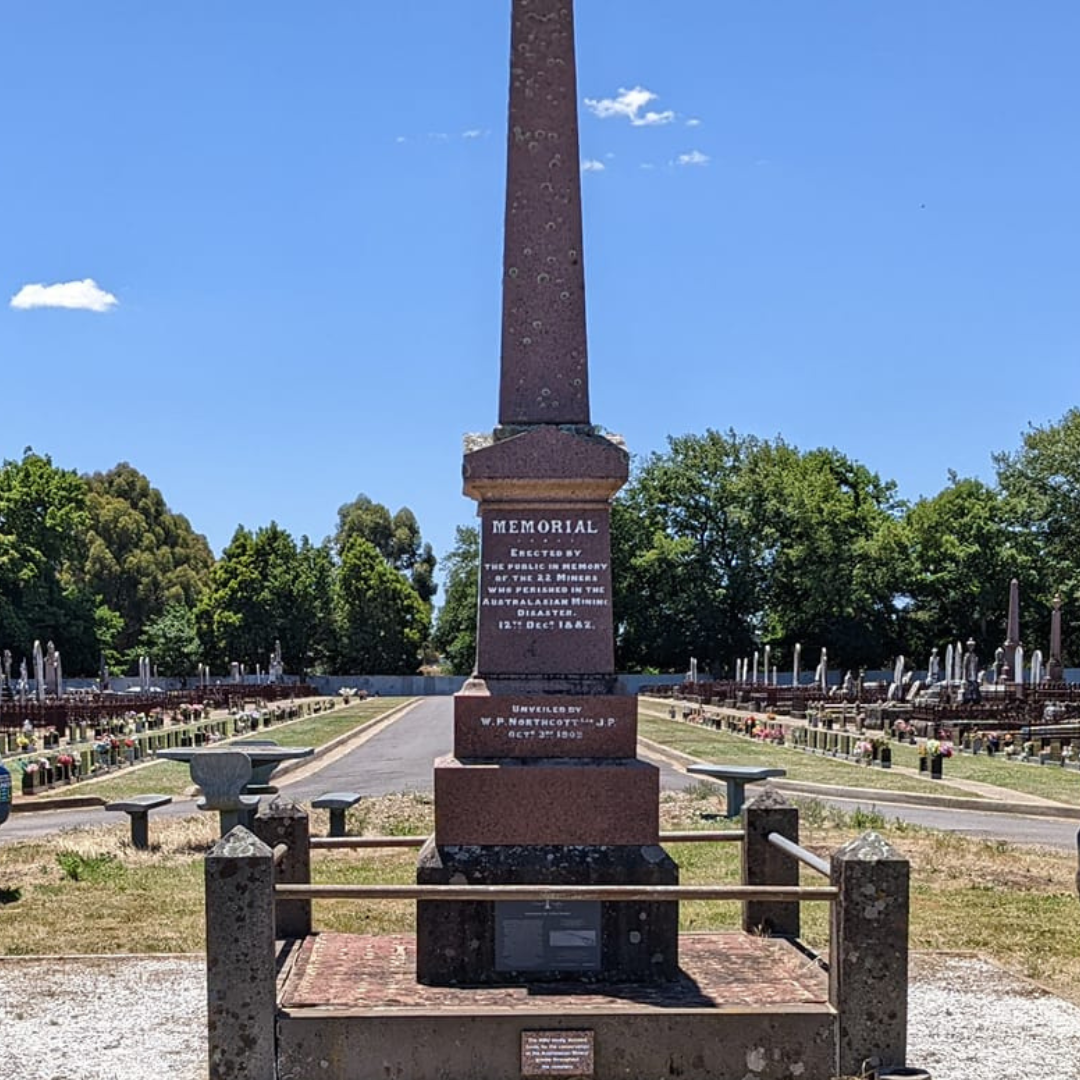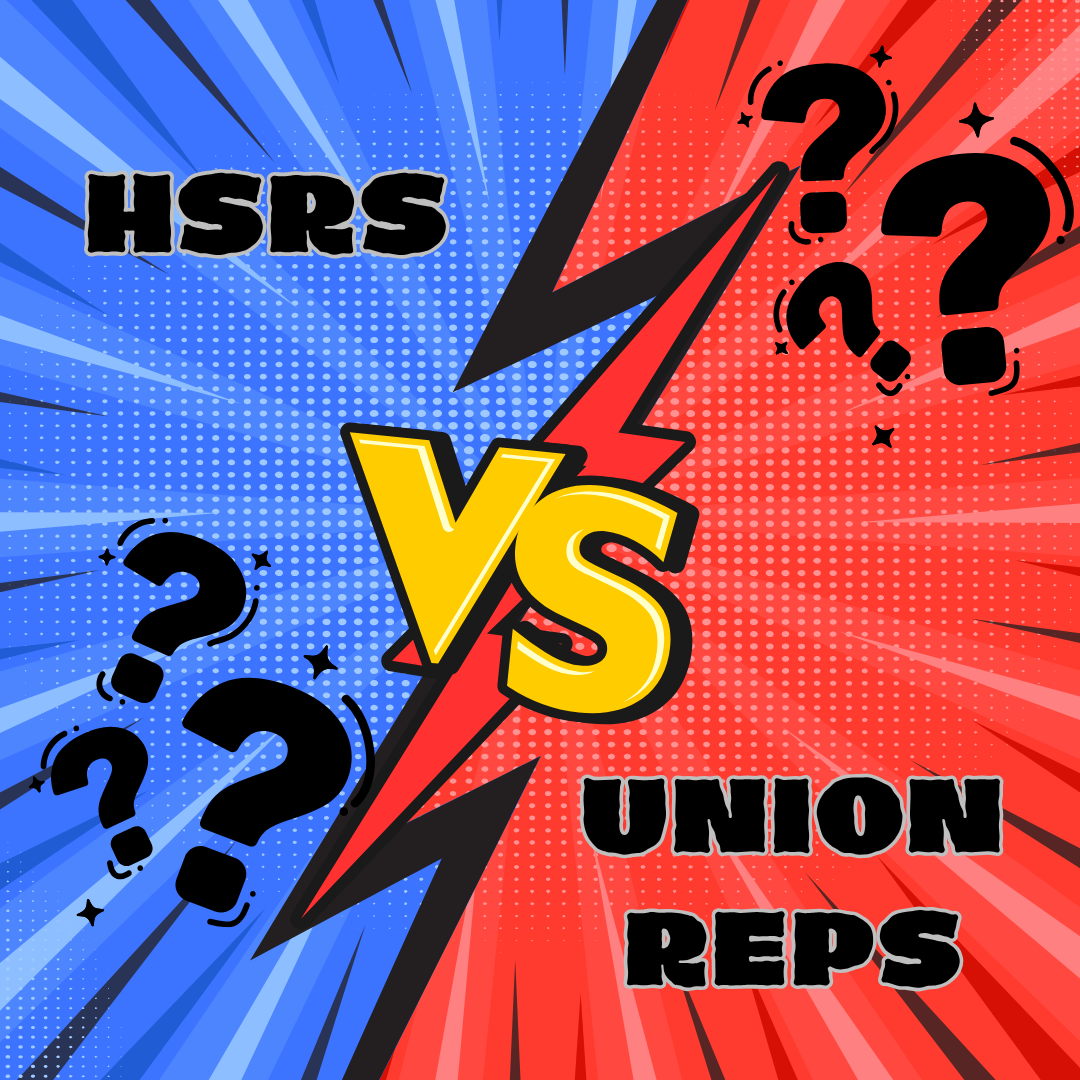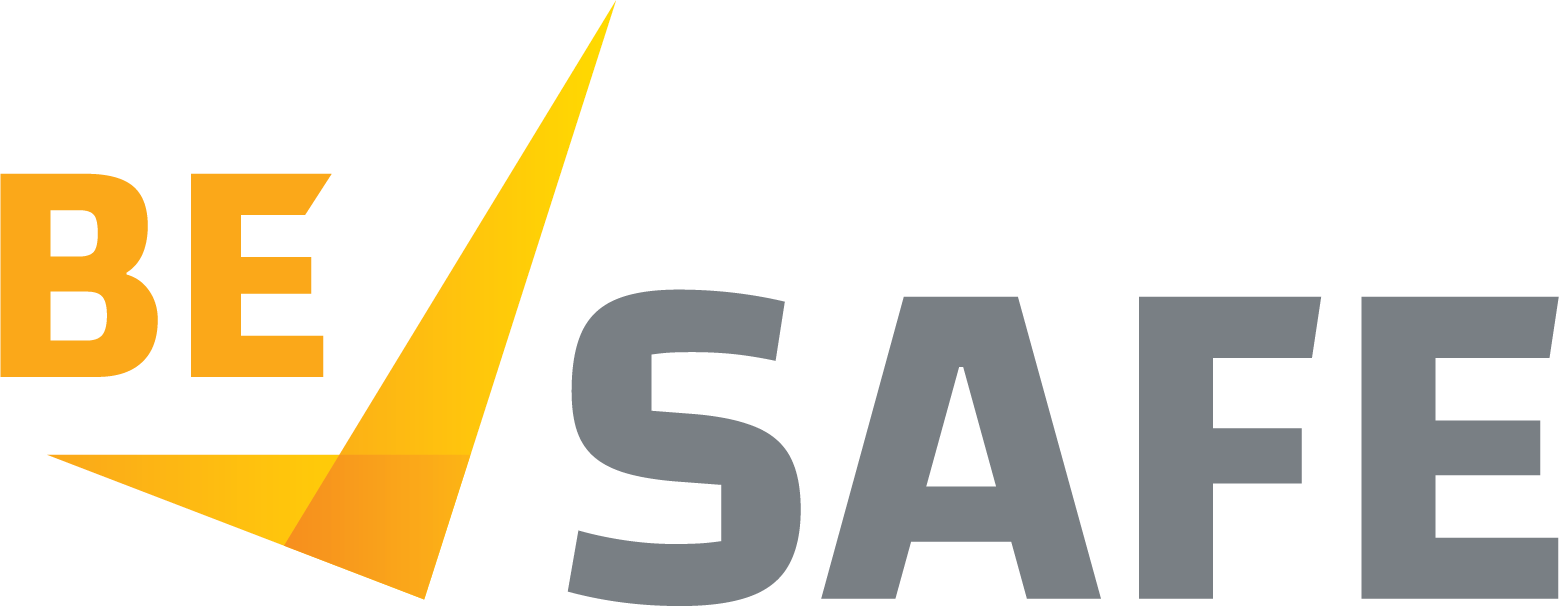Working Alone on Farms
Farm workers are often working alone and in an isolated location where there is no assistance from others and often limited or no communication.
Remote or isolated work often includes working alone and outdoors and it may be difficult to get help in an emergency. Access can be long and difficult and there may be limited access to resources. On top of this, there is less access to support networks and communication and technology may be unreliable or absent.
All these factors can add to the risk of the work. These unique challenges should all form part of the thinking when working to create a safer workplace for those working on farms.
The duty to provide a safe workplace sits with the employer, who has a legal requirement to provide a safe workplace for the workers on the farm. Often the employer may also work on the farm themselves, and the same hazards will pose a risk to them too. Implementing some controls to help reduce the risk of working alone on farms can help ensure that everyone gets home alive and well, including the employer/ farm owner.
The control measures will depend on the exact type of work being conducted on the farm, but things to think about may include:
- Monitoring weather conditions and emergency warnings
- Ensuring some form of communication is available
- Providing personal distress beacons
- Ensuring all personnel have a first aid kit and are trained in how to use it
- Implementing a buddy system to reduce the time spent working alone
- Additional training provided to reduce the impact of isolated work
- Mental health support
Farming will usually involve work which is dangerous, including machinery, powerlines, heights, animals, chemicals, and the list goes on. All these risks need to be controlled to a level which is reasonably practicable, but they become more dangerous when the worker is working alone or in an isolated location. Often even the most basic issue is not adequately dealt with – how to call for help?
One of the most important issues is to consider is: Is there are reliable means of emergency communication? You must consider how you will know if something has gone wrong and how to locate the person in the case of an emergency. You may like to think about:
- Is there a check in procedure?
- Do you have a location system?
- Do you have a satellite communication or radio if there is no phone signal?
- Do you have an Emergency Locator Beacon with GPS for use in case of an emergency?
- If you have mobile coverage, have you considered using Emergency Phone Apps?
For more information on this topic, including on how to develop emergency procedures, take a look at:
Working alone on farms | WorkSafe Victoria and Working alone or in remote areas | Safe Work Australia
It really is important to take the time to consider the risk of working on farms, especially when alone and in isolation. Not only do we need to do this to fulfil the legal duties under the OHS Act - but most of all, to make sure we all make it home at the end of the day.




